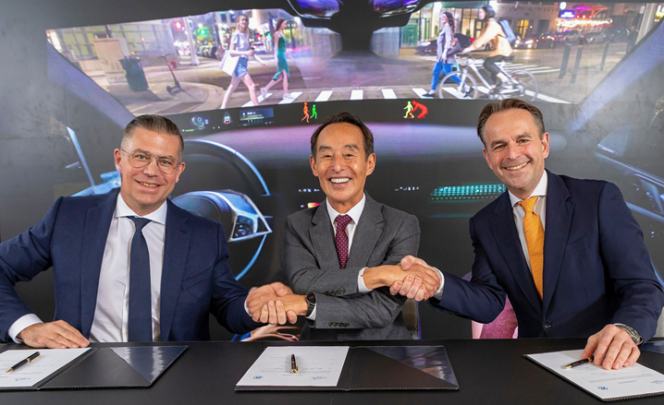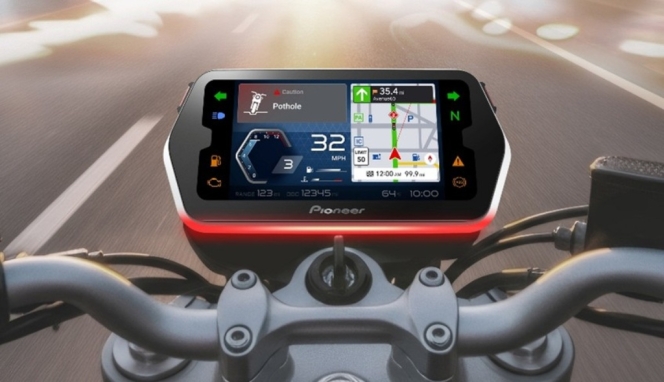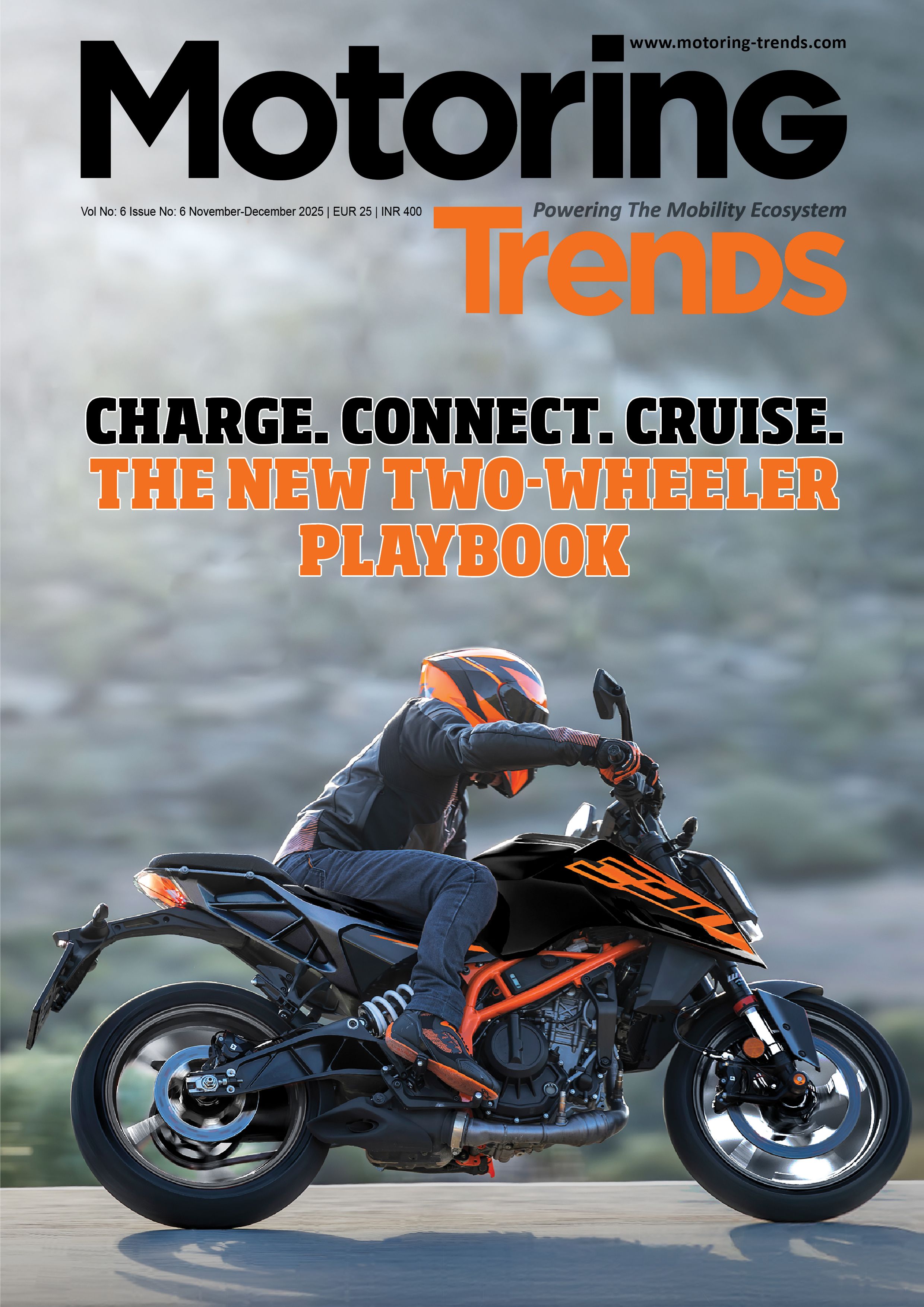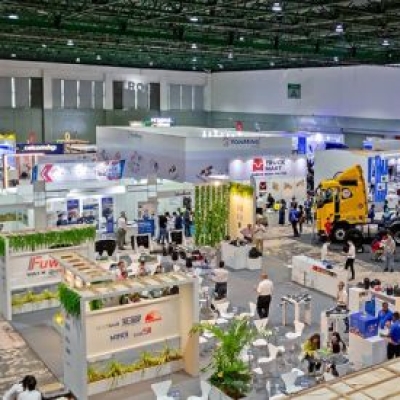
The Ministry of Environment, Forest and Climate Change (MoEFC), Government of India, has issued a notification on rules for battery waste management in view of the shift to electric vehicles. Anticipating a need to have an organised channel for the safe disposal and recycling of batteries, the rules, called the Battery Waste Management Rules, 2022, are applicable to the producer, dealer, consumer, entities involved in collection, segregation, transportation, refurbishment and recycling of waste batteries.
All types of batteries, regardless of their chemistry, shape, volume, weight, material composition and use are covered under the rules. The rules also have a provision for penal action in case of a violation and imposition of environmental compensation. The ministry has also set a minimum recovery percentage target for recovered materials out of dry weight batteries.
The recovered materials will be then used to produce new batteries. For FY2024-25, the recovery target is set at 70 percent whereas for FY2025-26, it is 80 percent. The target for FY2026-27 is 90 percent. Mentioning that the recovery target may be reviewed by the committee once every four years to revisit the minimum levels of recovered battery materials in light of technical and scientific progress and emerging new technologies in waste management, the notification is expected to contribute towards enhancing each and every EV’s cost to the environment in India. This is especially in connection with the fact that nearly 1.4 million EVs as of July 2022 are said to operate in India if the data shared by the ministry of road transport and highways is relied upon. More than half of this volume is claimed to consist of electric three-wheelers followed by two-wheelers and passenger cars.
The PLI scheme and other policy changes in terms of manufacture and sale of electric vehicles, it is clear that a strong battery ELV and disposal policy has to be in place. From the cost to the environment point of view, a policy extension in terms of the manufacture of such batteries locally down to the fuel cell level should also taking into view the ability of the battery to perform efficiently through out its lifecycle, thus staying alive for longer and when it does die, it should be recyclable to a great extent.
Dr Akshay Singhal, Founder and CEO of Log9 Materials, averred. “The newly introduced Battery Waste Management standards by the Government under the Extended Producer Responsibility (EPR) concept addresses two important concerns. An efficient and effective waste management of all Li-Ion batteries that are nearing the end of their useful life and are expected to end up in landfills in a few years, avoiding any residual pollution impact. Second is the emphasis on investing in and nurturing the recycling of such used batteries, reducing the reliance on fresh resource mining.”

Shubham Vishvakarma, CEO and Chief of Process Engineering of Metastable Materials, said, “The Battery Waste Management Rules announced by the Government of India is an excellent and much-needed step towards bringing to the fore innovations and myriad growth opportunities for the battery waste management and battery treatment space in our country, especially at a time when the ongoing EV boom in India is leading us to increasing concerns on e-waste.” “Under the new Rules notified, the Government has mandated a minimum percentage of recovery of various materials from end-of-life batteries, which is bound to enable the growth of novel business models such as urban mining in order to reduce India’s foreign dependency on procuring raw materials for EV batteries and other types of batteries,” he added.

Ashok Sudrik, Chief Scientist, Infinite Orbit Research and Development Pvt Ltd, commented, “The Battery Waste Management Rules, 2022, were much needed and we are happy that government has started taking cognizance of the hazardous waste being created and the recycling or waste collection. Other than waste management recycling rules, there is a need for manufacturers to incorporate extension of battery life technologies, keep the lithium content minimal and develop innovative cell chemistry. The life of a battery should be 4000 to 6000 cycles, which means a life spane of about 10 to 15 years. BaaS (Battery as a Service) concept with swappable batteries will be a big contributor to the ultimate goal of keeping cost to the environment low.”
In other parts of the world
In Canada, Li-Cycle will begin constructing a USD 175 million plant in Rochester, N.Y., for recycling of lithium-ion batteries. On the grounds of what used to be the Eastman Kodak complex, the plant will be the largest of its kind in North America with an eventual capacity of 25 metric kilotons of input material and a capability to recover 95 percent or more of cobalt, nickel, lithium and other valuable elements through zero-wastewater, zero-emissions process. Ajay Kochhar, Co-founder and CEO, Li-Cycle, said, “We'll be one of the largest domestic sources of nickel and lithium, as well as the only source of cobalt in the United States."
In May 2022, Hydrovolt, the largest battery recycling plant in Europe started operations in Fredrikstad, Norway. A joint venture between two Norwegian companies – Hydro and Northvolt, the plant has the capacity to process 12,000 tonnes of battery packs per year, enough for the entire end-of-life battery market in Norway currently. Claimed to have the capability to recover 95 percent of the materials used in an EV battery including plastics, copper, aluminum and ‘black mass’, a powder containing various elements inside lithium-ion batteries like nickel, manganese, cobalt and lithium.
Not just in Europe or US, the rise of Electric Vehicles (EVs) and associated battery gigafactories is pushing forward the creation of a battery recycling value chain. It is a matter of debate whether it got to be a close-loop or an open-loop design in terms of sourcing of batteries to recycle and to put the resulting material to good use so that the cost to the environment is kept minimal. As the demand for use of ‘green’ electricity source gathers pace the world over, on the other end of the spectrum, which involved the end-of-life vehicle for EVs, the demand for recycling in increasing partly due to regulations – the EU regulations have just intensified – and partly by a demand for re-use of materials due to geo-political reasons as well. A strong desire to localise supply chains and safeguard critical raw materials are also the driving factors.
Taiwan’s XING Mobility To Showcase Immersion-Cooled EV Solutions At CES 2026
- By MT Bureau
- December 26, 2025

Taiwan-based XING Mobility has announced it will showcase its immersion-cooled battery technology across three sectors – Electric Vehicles (EV), Energy Storage Systems (ESS) and AI data centres – at CES 2026.
XING Mobility’s technology is featured in Project V, an all-electric sports car from the British brand Caterham. The vehicle uses module-free, cell-to-pack (CTP) immersion cooling to manage thermal loads while maintaining a lightweight profile. A production prototype is scheduled for a global debut at the Tokyo Auto Salon 2026.
Royce YC Hong, Founder and CEO, XING Mobility, said, "When we began building these solutions, the world had not yet fully recognised the problems ahead. As voltage levels and power density continue to rise, the challenge is no longer just about cooled batteries, it is about solving safety, efficiency and system architecture together. XING Mobility’s immersion cooling enables every critical component of the battery system to operate within the same controlled environment, with thermal management fully integrated into the system design. At CES 2026, what we are presenting is a high-voltage power platform centred on ultra-high safety and ultra-high efficiency, capable of simultaneously supporting EV, ESS and AI data centre BBU.”
HMC E-Valley And KPIT Technologies Partner For Micromobility Centre Of Excellence
- By MT Bureau
- December 24, 2025

HMC E-Valley (HIVE) and KPIT Technologies have signed a Memorandum of Understanding (MoU) to establish an Independent Centre of Excellence (CoE) in Delhi-NCR. The facility will provide design and engineering services for global micromobility and L-category electric vehicle (LEV) manufacturers, including those producing e-bicycles.
The partnership targets the multimodal mobility market, specifically first-mile and last-mile connectivity solutions such as e-scooters. Industry data indicates that over 50 percent of current travel occurs within these last-mile segments.
The collaboration combines manufacturing and software expertise to develop LEV platforms.
As per the understanding, HIVE will manage business development, client engagement, prototyping and manufacturing enablement. While KPIT will lead solutioning, engineering delivery, programme management, design and software systems integration.
The CoE is designed to create end-to-end capabilities for the LEV segment, utilising KPIT’s mobility technology and HIVE’s manufacturing and supply chain infrastructure.
Pankaj M Munjal, Chairman, Hero Motors Company, said, “The light electric vehicle industry is at a pivotal juncture, demanding a fusion of cutting-edge hardware and smart software. This partnership with KPIT is a powerful convergence of those forces, signifying HIVE’s deep commitment to redefining urban mobility by delivering the next generation of high-quality, sustainable micromobility solutions globally.”
Kishor Patil, CEO & Managing Director, KPIT Technologies, said, “The future of mobility, even at the micromobility level, is defined by intelligent software and seamless systems integration. KPIT’s deep domain expertise in mobility technology will be crucial in equipping the Center of Excellence to develop world-class, cost-effective, and safe LEV platforms. We are excited to combine our software leadership with HIVE’s manufacturing excellence to accelerate the journey toward safer, smarter, and cleaner transportation.”
The agreement aims to accelerate the development of LEV solutions for the global market by integrating AI-driven mobility software with scalable manufacturing.
- ZF Group
- Samsung Electronics
- ADAS
- Harman International
- Christian Sobottka
- Mathias Miedreich
- Young Sohn
Harman To Acquire ZF Group’s ADAS Business For EUR 1.5 Billion
- By MT Bureau
- December 23, 2025

Harman International, a subsidiary of Samsung Electronics, has entered into a definitive agreement to acquire the Advanced Driver Assistance Systems (ADAS) business from ZF Group for EUR 1.5 billion.
The acquisition includes ZF's automotive compute solutions, cameras, radars and ADAS software. Approximately 3,750 employees across Europe, the Americas and Asia are expected to transfer to Harman upon completion of the deal, which is scheduled for the second half of 2026.
The move is part of Harman’s strategy to transition towards software-defined vehicles (SDV). By combining ZF’s ADAS technology with its own digital cockpit products, Harman aims to develop centralised compute platforms. This architecture is intended to link safety and assisted driving functions with in-vehicle connectivity and intelligence on a shared platform.
The integration is designed to reduce system complexity for car manufacturers (OEMs), allowing for more efficient innovation cycles and the scaling of context-aware vehicle experiences.
Christian Sobottka, CEO and President, Harman’s Automotive Division, said, “The industry is at an inflection point where safety, intelligence, and in-cabin experience must come together through a unified computing architecture. With this agreement, we take a strategic step to expand our portfolio with complementary ADAS capabilities that unlock a new class of cross-domain experiences ranging from perception-informed audio cues to more personalized, situation-aware driving. Combined with Harman’s long-standing automotive expertise and supported by Samsung’s broader technology leadership, this positions us to help OEMs design the next generation of intelligent, empathetic, and connected vehicles.”
Mathias Miedreich, CEO, ZF Group, said, “With Harman, we have found the ideal partner to fully unlock the growth and innovation potential of our ADAS business. At the same time, this deal makes an important contribution to reducing our company’s debt and allows us to focus our resources on the core technologies in which ZF is a global leader.”
Young Sohn, Chairman of the Board at Harman, added, “Since acquiring Harman in 2017, the company has scaled its automotive and audio business from USD 7 billion to more than USD 11 billion today. Adding ZF’s ADAS capabilities builds on that momentum. Harman will further expand its technology foundation to deliver safer, more intelligent, and more intuitive in-vehicle experiences. This acquisition reinforces Harman’s leadership in the industry’s transformation and underscores Samsung’s long term commitment to the future of mobility.”
Following the close of the transaction, Harman will align its engineering and ADAS teams to accelerate the development of next-generation platforms. The companies have committed to maintaining support for existing programmes during the transition period. Carolin Reichert, Chief Strategy Officer of HARMAN, noted that the deal represents a ‘major milestone’ and demonstrated the company's ability to execute a ‘complex carve-out.’
Pioneer To Reveal 'Ride Connect' Motorcycle UX At CES 2026
- By MT Bureau
- December 23, 2025

Pioneer Corporation has announced it will unveil Pioneer Ride Connect, a user experience (UX) solution for motorcycles, at CES 2026 in Las Vegas. The system is designed for the production of connected clusters and relies on software updates to provide features to riders.
The solution is the result of a technology collaboration with HERE Technologies. It integrates the HERE SDK, a cloud-based mapping and navigation kit covering more than 120 countries, to provide location-based services for the global two-wheeler market.
Pioneer Ride Connect incorporates several technologies intended to manage hardware costs and smartphone battery life:
- BLE-based Screen Projection: The system uses Bluetooth Low Energy (BLE) to project map images and service information from a smartphone onto the onboard cluster. This method reduces the processing power required by the motorcycle's hardware and lowers smartphone power consumption.
- HMI and AI Integration: The platform features Voice Tap, a voice-based Human-Machine Interface (HMI) for hands-free operation. Edge AI is used to share real-time traffic, weather and hazard data.
- Global Navigation: Through the HERE SDK integration, the system provides routing and traffic information optimised for motorcycles. It includes an offline mode for use in areas with limited network connectivity.
The development follows a partnership between Pioneer and HERE Technologies established in December 2024. The HERE SDK allows for the development of location-aware applications featuring routing and geocoding services across Android, iOS and Flutter platforms.
Pioneer stated that the integration of these technologies serves as a foundation for providing connected services to two-wheeler manufacturers and riders globally.
Seiji Tanezawa, Executive Officer of Pioneer, in charge of business development and strategic alliances, said, “Pioneer Ride Connect is a revolutionary platform that continuously provides software-based upgrades to motorcycles’ UX. By combining Pioneer’s industry-leading expertise in designing a compelling UX with HERE Technologies’ globally accessible Location Intelligence platform, Pioneer Ride Connect transforms the concept of smarter and safer connected two-wheelers into a tangible reality. I’m delighted to unveil our leading-edge technology and ambitious vision at the upcoming CES 2026.”
Deon Newman, Senior Vice-President & General Manager, Asia Pacific, HERE Technologies, said, "Pioneer’s ‘Ride Connect’ brings a smarter, safer motorcycle experience to life - and we’re proud to power it with HERE SDK. Together, we’re making connected services accessible to riders across global markets, with reliable navigation and motorcycle‑optimised routing that work in dense cities to remote mountain roads. It's a meaningful step forward for connected mobility.”






Comments (0)
ADD COMMENT